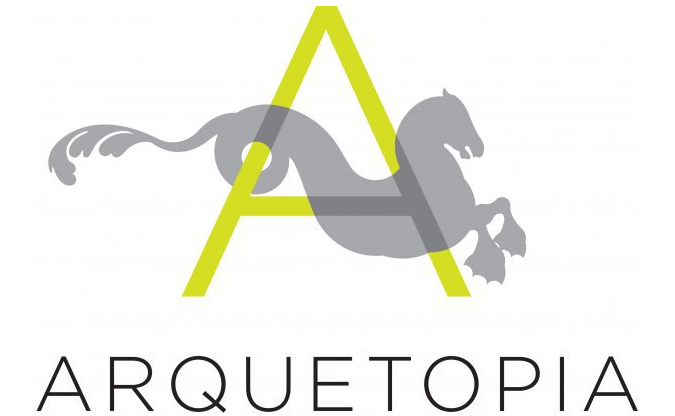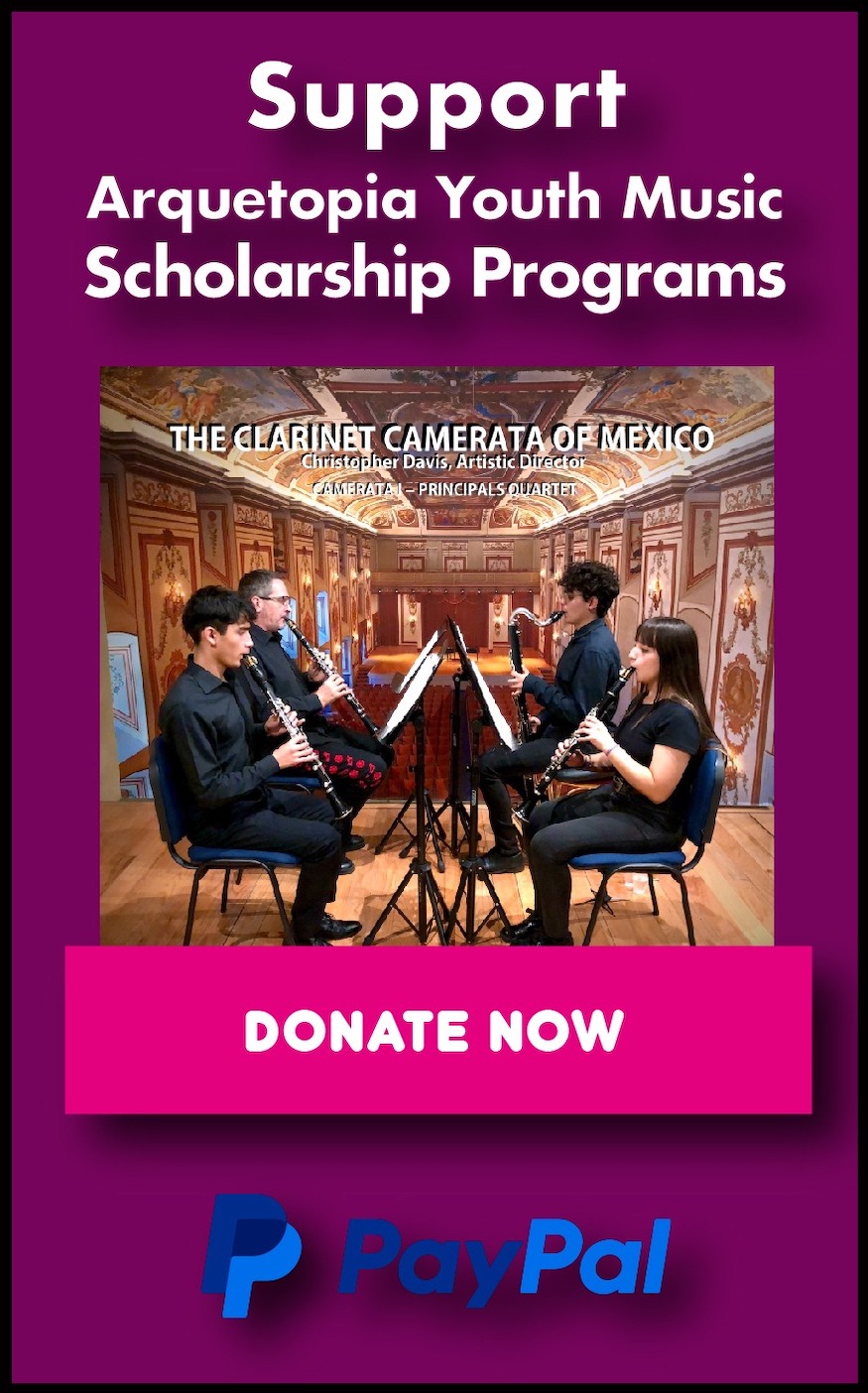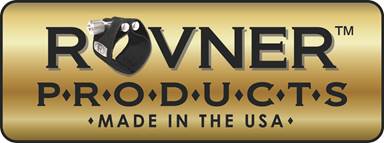The Pulsing Ink:
Electroetching Instructional Program
Arquetopia Location: Puebla, Mexico

This comprehensive, customized residency program offers competitive professional opportunities for emerging and mid-career, national and international artists and designers age 20 and over.
The obsession with gold during medieval times led to the science of the physical transformation of metals. Alchemy would eventually evolve into chemistry, as knowledge from Islamic cultures was translated into Latin, coopted by the Catholic Church, banned for the general public, and eventually monopolized by regional powers in Europe. The 17th century is recognized as the period when European empires consolidated modern science, paving the way for the codification of electrochemistry in the 1800s. Soon after, the British Empire would monopolize the art of electroplating, fulfilling the dream of King Midas to turn everything into gold. The first patent for engraving metals using voltaic electricity was granted in 1840, and electro-deposition became a widely used technique for reproducing printing plates, plating metal objects, decorating silverware, and marking cutlery.
Printmaking is one of the oldest traditions in the modern world. From the reproduction of books to the production of currency, it became a technology that enabled the mass reproduction of information and facilitated transactions, becoming an integral part of everyday life. As Benedict Anderson wrote, print technology made possible a new form of imagined community, creating the language of power and setting the stage for the modern nation. In this sense, modernity and its language facilitated the irrational exploitation and pollution of the environment, with most art techniques being no exception.
This unique program offers a non-toxic approach to expand the possibilities of printmaking, specifically intaglio techniques, while rethinking our responsibility in the image-making process. This method avoids the use of acids, highly toxic substances, and harsh chemicals, replacing them with the electroetching technique. Electroetching uses electric current in an electrolyte solution, along with an anode and cathode, to etch a metal plate. This process does not produce fumes or toxic gases during etching. The result is a uniform, porous structure on the metal surface, which is more precise and allows for greater control over intensity and speed compared to traditional acid etching.
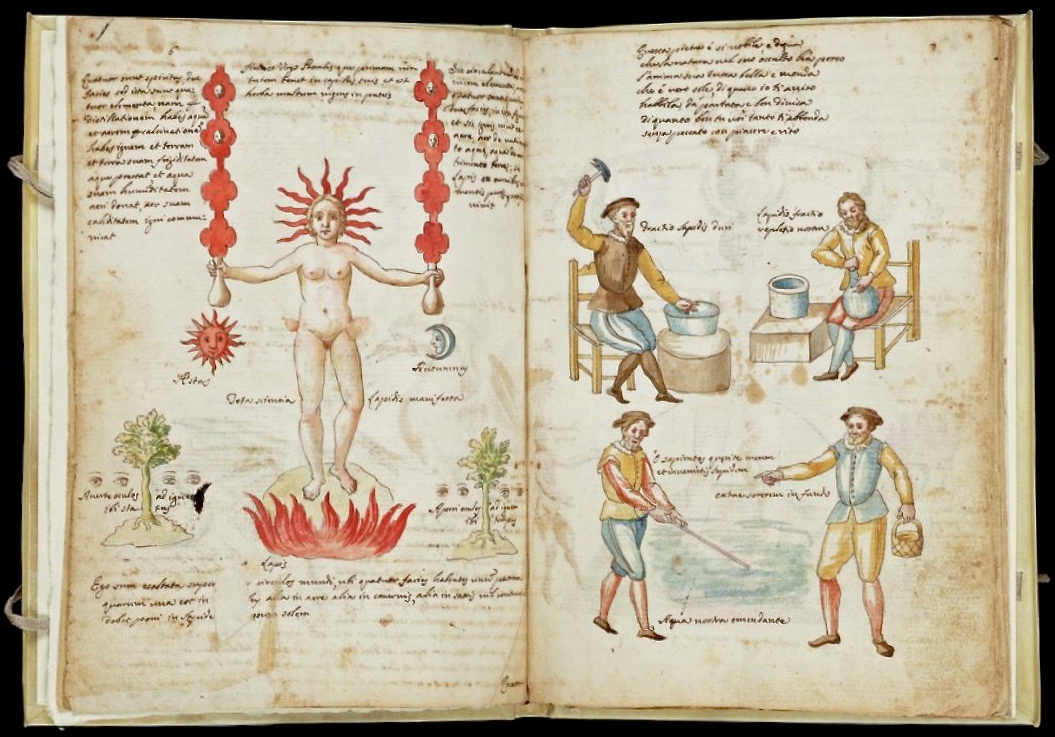
Claudio de Domenico Celentano di Valle Nove, Allegory of Distillation, ca. 1606. Image courtesy of the Getty Research Institute.
1. The Connectivity of ConceptsThe Electroetching Instructional Program integrates history, material culture, and artistic practice, fostering a deeper understanding of how printmaking techniques intersect with broader environmental, social, and historical contexts. Through academic visits and direct engagement with the local context, participants connect the tactile experience of working with electroetching to larger conceptual frameworks, exploring visual culture and the impact of slow violence on the environment, as described by Rob Nixon. This approach encourages participants to reflect on how artistic practices contribute to, and can challenge, the environmental narratives shaping our contemporary world.
2. The Practice of Unlearning
This program challenges participants to dismantle preconceived notions about printmaking techniques, materials, and artistic authorship by critically examining the ideological legacies carried by images. By interrogating how these images have been commodified, recontextualized, and embedded with power structures over time, participants engage in a process of unlearning. They question dominant narratives and reorient their practice toward a more conscious and nuanced relationship with materials, craftsmanship, and the environment. This approach emphasizes how artistic practice, rather than just art itself, can offer new ways to understand and address environmental issues.
3. The Rhythm of Creating
In this program, rhythm becomes a space where participants explore the relationship between the body, labor, and the process of creating, using both research and intuition to challenge historical narratives and expand local knowledge. The hands-on exploration of electroetching techniques encourages participants to engage in a dynamic process where making, questioning, and discovering unfold in constant dialogue. This approach transforms artistic practice into a site of active inquiry, where intuition serves as a method for rethinking the ideological legacies embedded in images, deepening material understanding, and forging new connections between the past and present.
4. The Ethics of Movement
The process of creation, as Rancière describes through the concept of the "emancipated spectator," transforms both the artist and the viewer into active participants in the act of meaning-making. This program emphasizes the ethics of movement by asking participants to consider the responsibility that comes with engaging with images and their potential to shape perception. Whether through the physical act of electroetching, the transmission of knowledge, or the cultural significance of imagery, participants are invited to reflect on how artistic practice can navigate difference, reciprocity, and responsibility. Additionally, the encounter with the viewer through the work becomes an ethical opportunity to engage with questions, prompting a deeper reflection on how artistic choices shape understanding, challenge narratives, and open spaces for dialogue.

The Electroetching Instructional Program is a 3-week mentored production program in printmaking that includes 27 hours of instruction specifically in electroetching, led by a prominent master printer. Participants learn the technique of electroetching and explore its diverse qualities and possibilities for printmaking. As part of the process, participants learn the electrochemistry applied to metal plates, the use of electrolyte solutions, anodes and cathodes, and the variations in direct electric currents. The program includes the necessary solutions, and two metal plates are provided as part of the program. Instruction is in Spanish, though participants do not need to speak Spanish in order to successfully complete the course. Individual mentoring is provided by our directorial and curatorial staff for personalized research assistance/resources, project guidance, and critique. This program also offers some printmaking materials and access to our printmaking studio to produce work on-site at Arquetopia. The maximum size for the etching press is 24 x 45 inches.

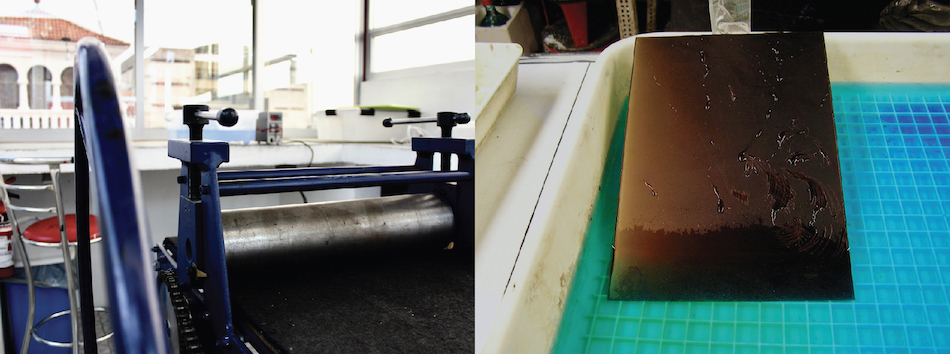
PROGRAM DURATION / TIME PERIOD
Sessions are 3 weeks, with option to extend for 1-2 more weeks of continued production as a standard Printmaking Program. Dates are not predetermined but are proposed by the applying artist.
WHAT THIS COMPREHENSIVE INSTRUCTIONAL PROGRAM INCLUDES
Technique Instruction:
- 27 hours master instruction, at 9 hours per week
- A weekly meeting with our directorial and curatorial staff for personalized mentoring, research assistance, project guidance, and critique
- Furnished, private bedroom
- 24-hour access to the kitchen for participants to prepare their own meals; meals/food are the participant’s responsibility
- Wireless Internet
- Use of Arquetopia’s residency common spaces including outdoor terraces
- Shared, serviced (single) bathrooms with modern fixtures and showers
- Housekeeping
- Bright and spacious on-site printmaking facility with 24-hour access
- 24-hour access to large and bright, shared art studio with generous natural light
- Personal workspace with a large table and wall space
- Some tools provided
- Materials and supplies for the instructional course provided
- Materials and supplies for extended project production are not included but are available for purchase locally
- Some printmaking materials are not included (paper, plates, certain inks, screens); artists bring these or purchase them locally
PROGRAM TUITION INFO & APPLICATION DEADLINES
E-mail This email address is being protected from spambots. You need JavaScript enabled to view it. for tuition info and application deadlines for this program.
TO APPLY
Click here to apply for this instructional program.
Click here to apply for this instructional program.
